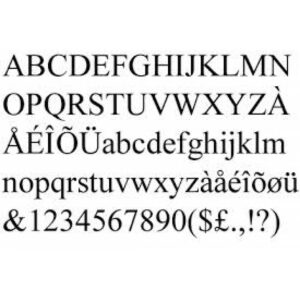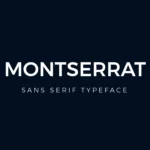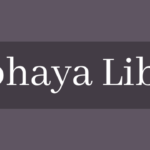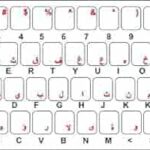Roman Letters Font
Studying the letterforms from this period provides valuable insights into both the history and writing tools available during that era. Majuscules first inscribed into stone were combined with rapid penmanship and formal bookhand script to produce what we now recognize as Roman letters. So, you can download the latest version of Roman Letters Font from this page.
Spacerite’s Classic Roman font captures this period with its elegant, rounded quality and a great selection of numerals.
Roman Capitals
Roman capitals are large letter shapes used to complete an alphabet. While most Roman capitals are elegant and sweeping in form, some may also resemble carvings or rustic wood graining to suggest Romanesque or Old Rome style. Used primarily for inscriptions and inscriptions.
Modern letterforms can be defined by smooth curves, thick and thin strokes, angled stressing, and incised serifs. The Trajan Column letters (also referred to as capital monumental or inscriptional capitals) are widely considered the perfect Roman proportioned form and remain an inspiration for type designers today.
At the turn of the 15th century, humanists began experimenting with how best to render Roman capitals in print. One such humanist was Conrad Peutinger – his 1505 book Romanae metastasis fragmenta contains the first printed reproductions of ancient lapidary inscriptions from Augsburg; its font (23:64R) is considered the smallest fifteenth-century Roman of its period with an x-height just over one millimeter.
Garamont and his colleagues quickly replaced Aldus’ designs, first in France and later throughout Europe. These differed most from Aldus’ in having higher contrast and more refined modulation that together resulted in a lighter appearance – an effective response to increasing emphasis on “classical” typography as well as going away from more rugged Gothic typefaces.
Roman Lowercase
The Roman letters originated during the Roman period and remain widely used today. Roman letters are distinguished by rounded curves on stroke ends that differentiate them from italic and black letter font types as well as Gothic font types. So, the Roman letters can be found in both printed books and newspapers as well as greeting cards designed to wish good luck for examinations or speedy recovery from illness situations.
Roman lowercase letters first emerged with the adoption of cursive writing by early Roman scribes. Scribes found it easier to draw longer stems for letters such as a, e, and o than precise short ones in capital letters – leading to their development into modern serifs.
Roman lettering styles were quickly taken up by other cultures and remain an integral component of the Latin alphabet today. Their letters inspired many other letter styles which eventually evolved from uncial, half-uncial, and Caroline minuscules into humanistic book hands of the fifteenth century, harmonizing with Roman capitals.
In its latter stage, incunabula printing saw more Italians becoming independent printers with their presses. Jenson’s Type 3:115G Roman, cut in Italy following Sweynheym and Pannartz, bears little resemblance to Da Spira’s Romans or early fourteenth-century punchcutters from Subiaco or Rome; instead, it can most closely be compared with Claude Garamont minuscules.
Roman Numerals
The Roman numeral system evolved out of a need to establish an easy means of counting that was accessible even to people unable to count on their fingers. They initially used symbols representing seven numbers, plus an “X” representing 10, since its shape resembled centum in Latin; later C was adopted for 100 and M for 1000 numbers written descendingly left-to-right.
Spacerite font stands out from other modified Roman styles with its thin serifs and elegant appearance, thanks to a unique construction for the letter W that looks like two overlapping Vs connected by a crossbar. Furthermore, its tail differs from later styles by connecting its right-side crossbar directly with its left-side bowl.
Paulo Goode created Carrig Roman, another excellent font choice that’s ideal for branding, headlines, and body text. Featuring three elegant fonts to give an air of classical antiquity; as well as offering special characters such as ligatures and contextual alternates that allow it to easily fit any project or task at hand.
Characteristics
Letters found on Roman monuments do not conform to Italic or Blackletter styles as closely, often featuring more organic forms with curving lines and no serifs; due to this distinction they have come to be known as Roman fonts; nowadays graphic artists and typographers use these term to refer to any non-italic serif font that does not follow those two molds.
Nicolas Jenson, Master of the French Royal Mint at Tours in 15th-century Europe, designed one of the earliest Roman typefaces. This typeface stood out among earlier italic and blackletter styles due to its clear and legible design; moreover, its thin serifs compared to later modified Roman styles; its letter W resembles two interlocked V’s rather than having a center apex like some modern designs; all characteristics which contribute towards making Jenson one of the best early roman typefaces ever created by humans in 15th Century Europe.
This style developed into an array of distinct faces with various degrees of contrast between thicks and thins, vertical stresses, and serifs in their hairline serifs – each designed to convey warmth, friendliness, tradition, and timelessness.







